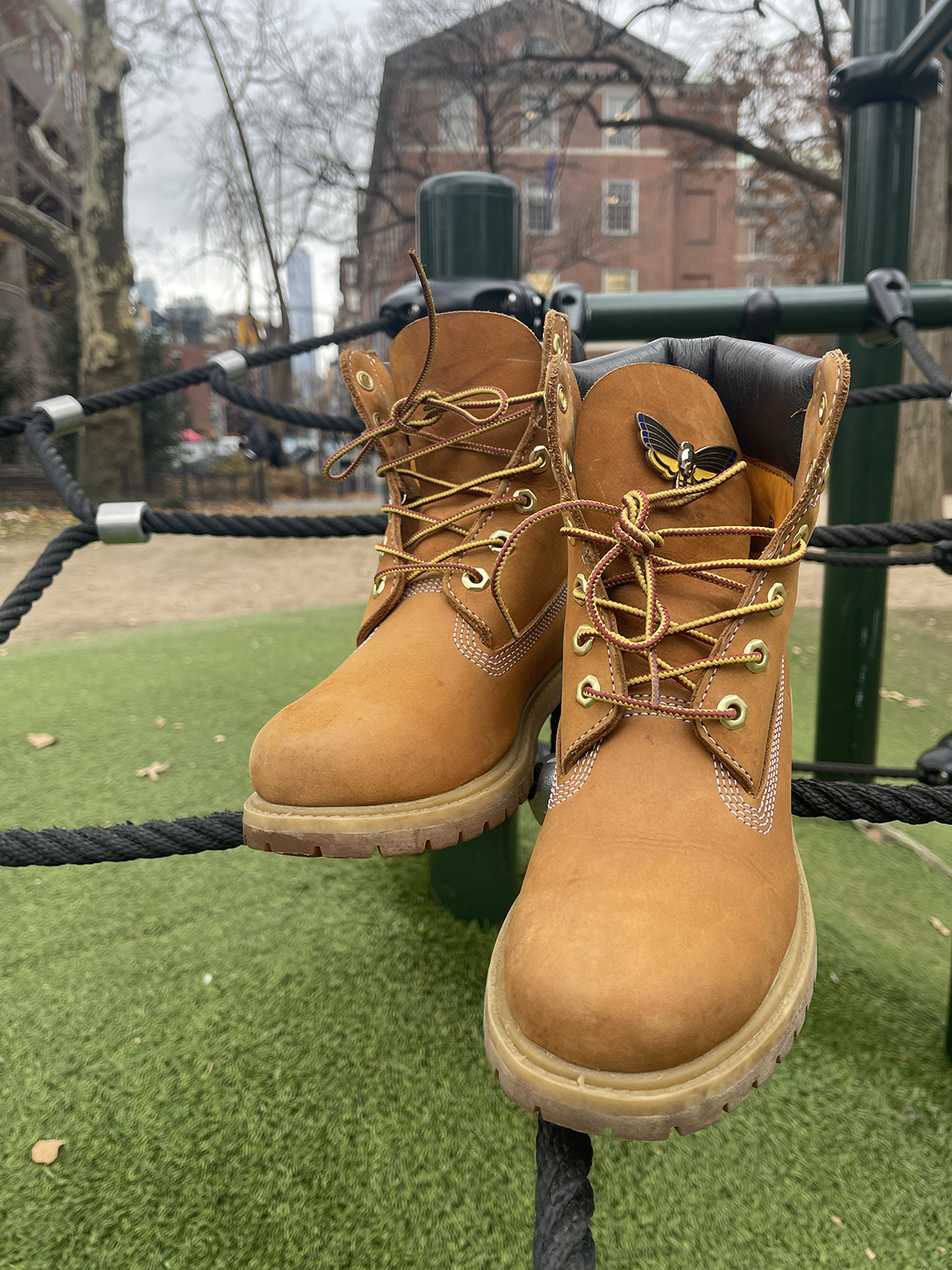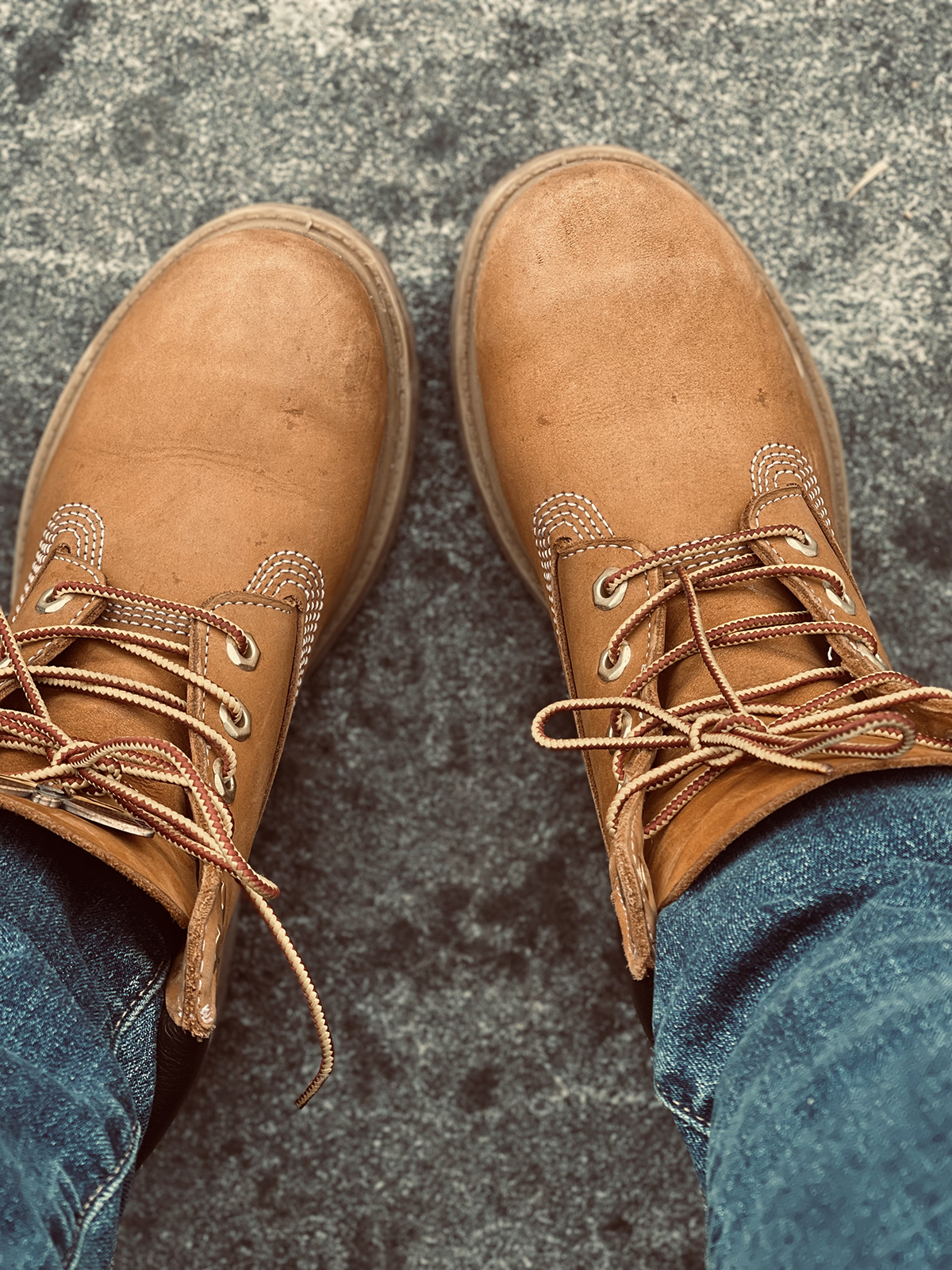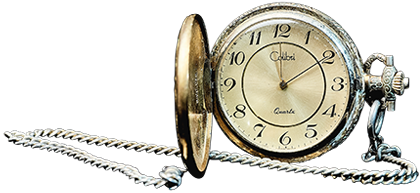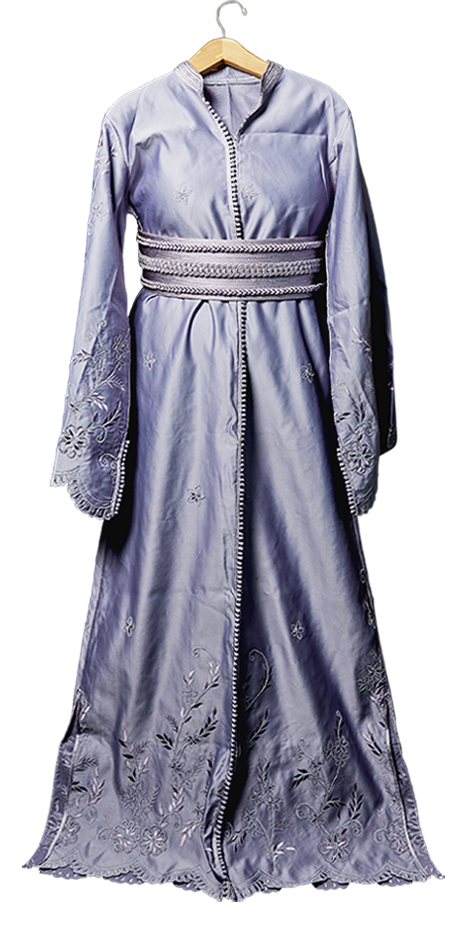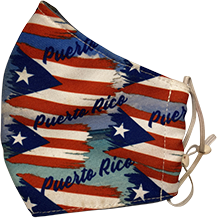Timberland Boots
ABOUT
Growing up in New York City, I typically commuted forty-five to sixty minutes, five days a week, to get to and from school: no matter how inclement the weather. Keeping my feet warm and dry from door to door was a crucial objective. I do not remember ever asking to own a pair of Timberlands, but I clearly remember always having them, and so did my brothers and most of my friends. Some of us had the basic (and less expensive) version, some had the premium version, and some just had knockoffs. At first, most of us wore them because we had to and eventually because we wanted to. They were stylish, comfortable, rugged, and having a fresh, creaseless pair of “Timbs” meant you were on top of your game and had everything you needed to thrive in the concrete jungles of America.
As a relatively sheltered New York City school-kid I associated Timberland boots with New York City’s mastery of street style, sweater weather and icy winter commutes, but it turns out that Timberlands are something of an internationally revered American cultural icon, and fashion accessory with a rich and complicated (albeit relatively young) history, replete with impassioned debates about who the boot belongs to; is it the shoe of New England’s, blue-collar working class; is it the boot of inner-city youth trying to survive brutal winter commutes to school; is it the boot of Hip-Hop culture; or is it the boot of the wealthy who feel entitled to appropriate urban culture and its use of workwear? Or could it be a boot for all? Timberland boots have taken on a life of their own that transcends borders, classes, and identities while the company itself sold out the blue-collar industry worker they so fiercely claimed as their “core consumer” by outsourcing their jobs, hiking their pricing while focused on increasing profit margins.
Listen to Audio
Click on Image to View Gallery
ORIGIN
USA
APPROXIMATE DATE
2010s
MATERIALS
Leather, rubber
COLLECTION OF
Maria Fonseca
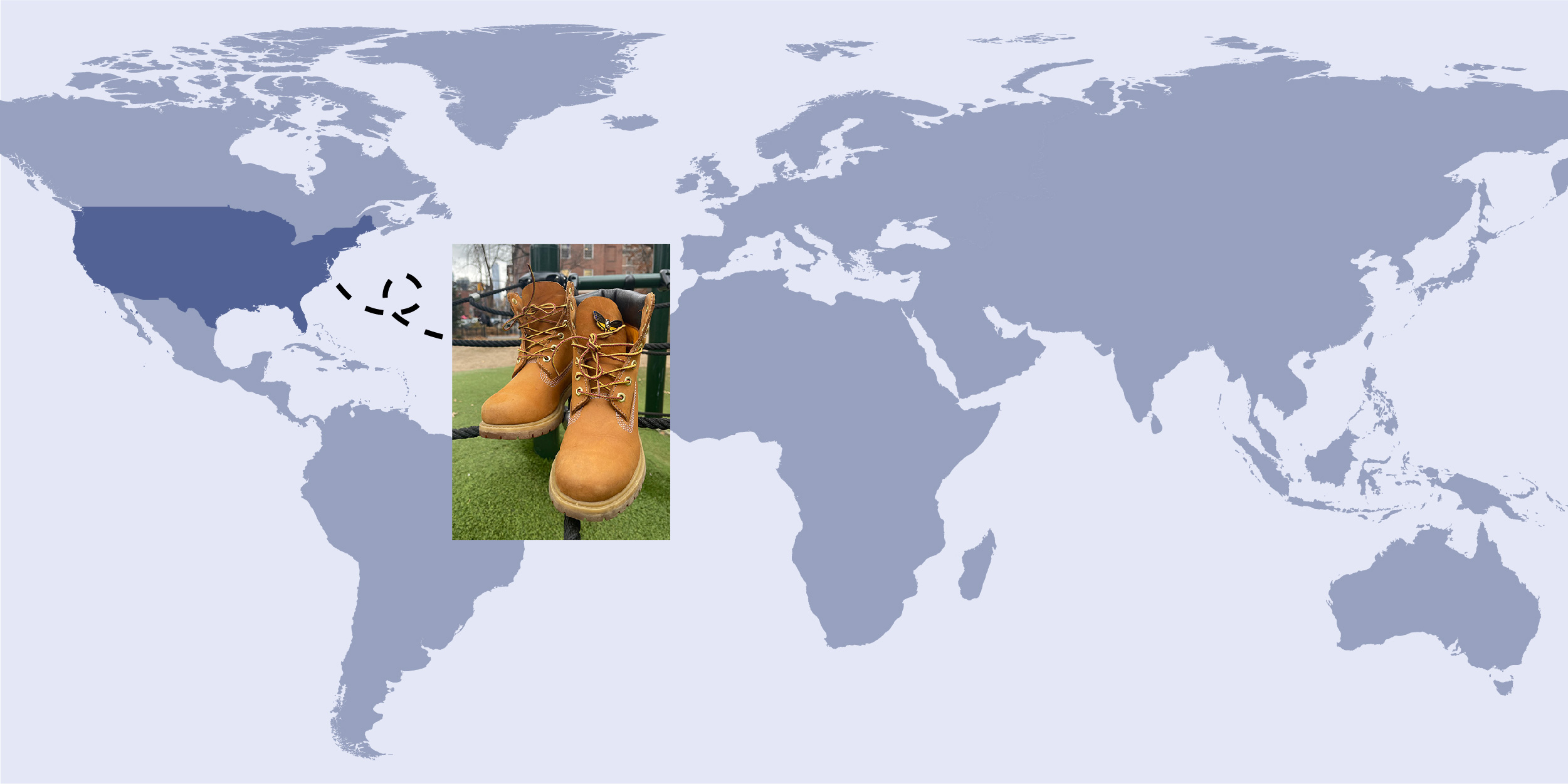
Timberland Boots
Click on Image to View Gallery
ABOUT
Growing up in New York City, I typically commuted forty-five to sixty minutes, five days a week, to get to and from school: no matter how inclement the weather. Keeping my feet warm and dry from door to door was a crucial objective. I do not remember ever asking to own a pair of Timberlands, but I clearly remember always having them, and so did my brothers and most of my friends. Some of us had the basic (and less expensive) version, some had the premium version, and some just had knockoffs. At first, most of us wore them because we had to and eventually because we wanted to. They were stylish, comfortable, rugged, and having a fresh, creaseless pair of “Timbs” meant you were on top of your game and had everything you needed to thrive in the concrete jungles of America.
As a relatively sheltered New York City school-kid I associated Timberland boots with New York City’s mastery of street style, sweater weather and icy winter commutes, but it turns out that Timberlands are something of an internationally revered American cultural icon, and fashion accessory with a rich and complicated (albeit relatively young) history, replete with impassioned debates about who the boot belongs to; is it the shoe of New England’s, blue-collar working class; is it the boot of inner-city youth trying to survive brutal winter commutes to school; is it the boot of Hip-Hop culture; or is it the boot of the wealthy who feel entitled to appropriate urban culture and its use of workwear? Or could it be a boot for all? Timberland boots have taken on a life of their own that transcends borders, classes, and identities while the company itself sold out the blue-collar industry worker they so fiercely claimed as their “core consumer” by outsourcing their jobs, hiking their pricing while focused on increasing profit margins.
ORIGIN
USA
APPROXIMATE DATE
2010s
MATERIALS
Leather, rubber
COLLECTION OF
Maria Fonseca

Listen to Audio
OTHER OBJECTS FROM THE EXHIBITION

